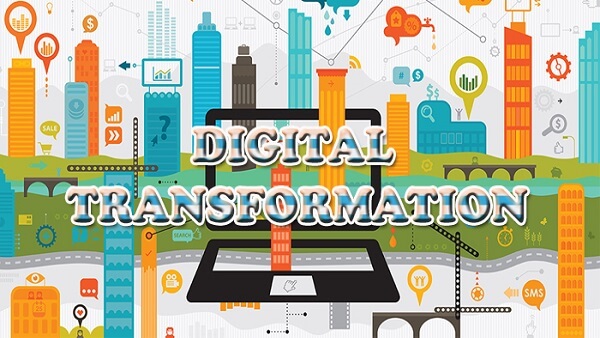5 Benefits of Using Digital Transformation in Contact Centers
Home » Informational » 5 Benefits of Using Digital Transformation in Contact Centers
One of the most crucial focuses of every company is excellent customer service. It is critical for customer attraction, retention, and other benefits such as image and reputational boosts. This means that companies must spend more capital on improving contact centers, and one of the current trends is introducing a Digital transformation.
The role of digitalization is to create future contact centers driven and managed by AI and IT. The preference and adoption of digital transformation have various benefits to the organization hence the increased adoption. Here are some benefits of having digital customer contact centers.
1. Improved Flexibility and Agility
For digital transformation in a contact center, it is necessary to deploy different tools and increase the automation of various services to boost service delivery flexibility. With such tools, the service agents can easily perform various roles without strain.
Customer service teams can work from home and any time of the day; hence it is ideal for 24/7 customer service. The remote working capabilities enable you to attend to customer needs anywhere and at any time of the day.
Customer contact centers also embrace the concept of cloud services meaning the agents can access all the customer data at any time hence faster service delivery and complaint handling. So that you can offer your staff a wide range of infrastructure to meet all needs, including managing service during peak seasons.
2. Data Analytics Capabilities and Service Improvement
A digital customer center is one of the key elements companies need to boost operations. They are a the critical data source for company operations such as service delivery, product development, and other strategic decision-making capabilities.
With the inbuilt data storage and analytics tools, the company can process customer information such as customer reviews to understand issues such as product suitability, modifications, and other specifications to meet market needs. They also have CRM systems essential for marketing services and sales.
From the analytics and reports, the company can use the data for needs such as quality
management systems to boost services, quality, and operations. You can also determine the
customer contact center needs, such as the number of workforces, the right skills, and scheduling activities based on the real-time data needs.
3. Faster and Reliable Services
In the modern digital customer center, the focus is shifting from human-controlled and driven centers. Currently, a greater focus is on digital, AI, and IT-driven systems to supplement human labor or take control in the absence of human labor. One benefit of such systems is that customer service delivery is fast and efficient since no human labor is needed.
Chatbots are fast and can respond to multiple needs instantly and quickly. There are many websites that provide faster and more reliable services. This compensates for human shortcomings such as limited attention and the ability to attend to one customer at a time.
With such digital systems, customers can also choose the ideal communication strategy, such as using social media to communicate with the company.
Service agents have shortcomings, such as the inability to attend to customer needs at certain times. At night or during busy seasons, the AI system can take over to complete service delivery. If the customer needs more services beyond the AI capabilities, agents will instantly get an instant notification and alert to attend to emergency needs.
4. Cost Reduction Benefits
Companies must invest more capital to have the best customer service delivery. Most costs are related to constantly training the agents and ensuring they are updated about the current market trends. The other need for constant training is the changing product specifications to ensure the agent can answer all customer questions.
The other cost factors are salary and wages businesses must pay the agents to work longer hours. Suppose not companies must pay for a large staff since the agents have shorter working cycles to guarantee service quality. Such costs can be hefty, especially for night shift staff and other related allowances.
You do not need to train machines since they can update information quickly and effectively.
Automation can also help companies reduce costs, such as data collection during market research since the systems can easily store and update customer data. Such information is critical for market research and analytics, reducing overall product research and market research costs.
5. Self-services Benefits
Gone are when people had to wait for customer service agents to meet their needs. Nowadays, most customers want instant notifications and replies from digital systems that guarantee excellent customer service. Such services enable companies to maintain the highest service records driven by automation and technology.
The benefit of self-service is that customers no longer have to deal with emotional issues related to customer service. Machines maintain the highest levels of customer service due to lacking emotions and are hardly distracted from the main focus activities. Self-service also means customers can raise complaints and seek education guidelines anytime without inconvenience.
Conclusion
Digital transformation in the current customer centers is a game changer and a concept every
organization should adopt. The strategy has multiple benefits to the organization, such as boosting
self-services, cost reduction, faster and more reliable services, etc. The most significant benefit is to encourage flexible customer services and embrace AI and IT devices to boost digital service delivery.


